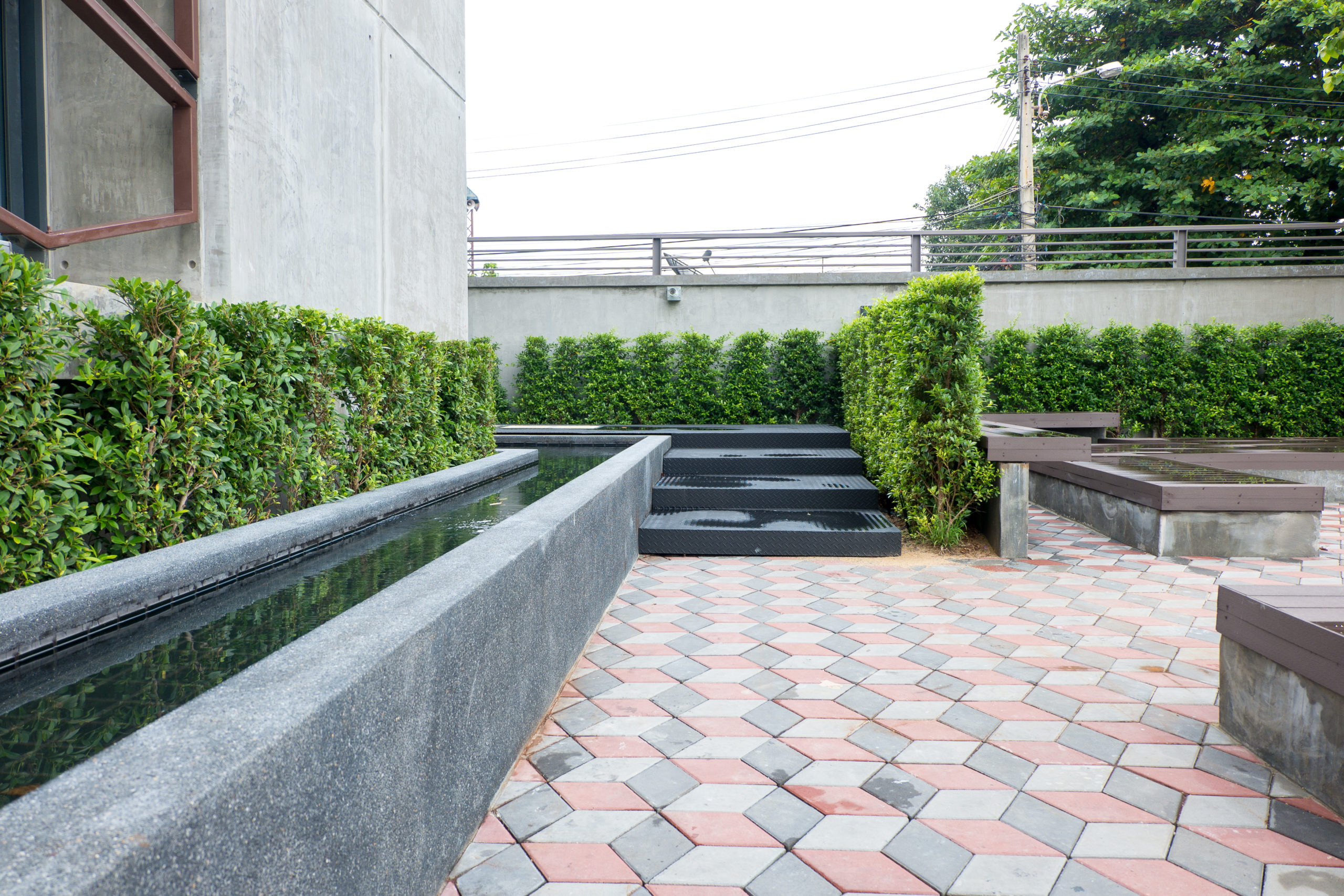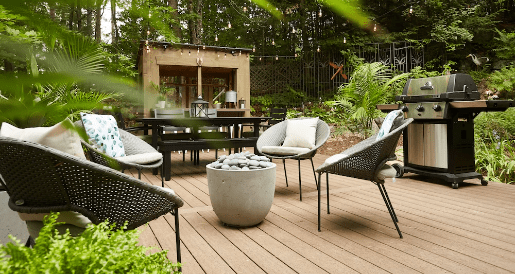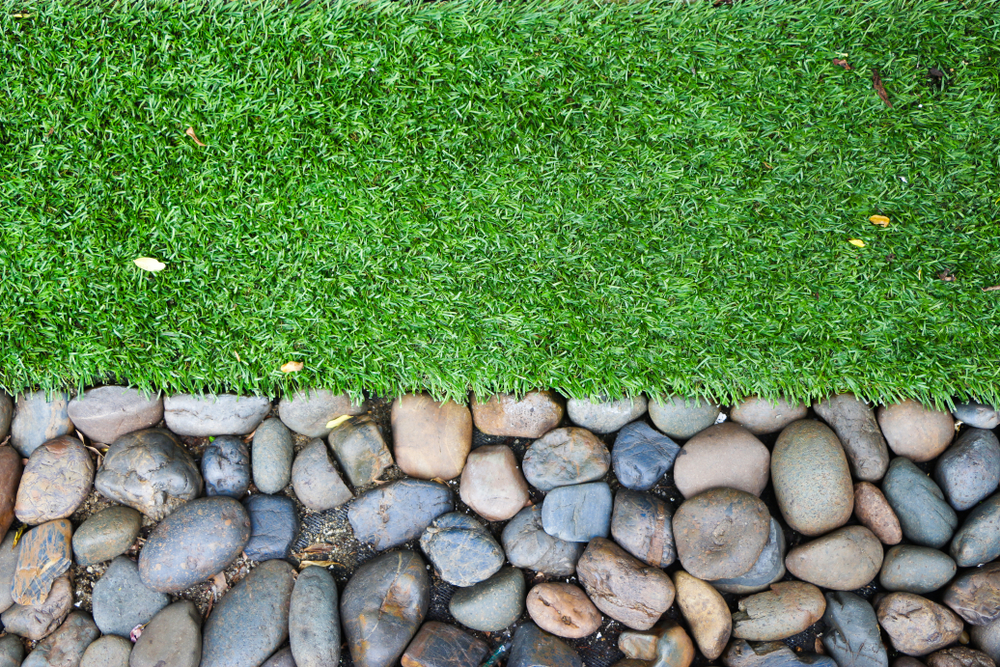How Hardscaping Can Fireproof Your Home
According to the Federal Emergency Management Agency (FEMA), there are two spaces around your home that can be used as protection against wildfires. Zone One is about 30 feet from your home and Zone Two is 100 feet. One good solution for protection against fire is to buy pavers in Las Vegas to create patio or walkway hardscapes within Zone One.
What Is Defensible Space?
Defensible space is an area around a house that has been cleared of combustible debris and has plants and hardscapes that slow the spread of fire. Rock gardens, stone patios and metal garden furniture are all suitable for Zone One. The area should not contain piles of firewood, stored wooden furniture or tree branches that touch the roof.
Some plants attract heat and burn faster than others. In the defensible space, it is recommended to plant low-growing plans that are full of moisture. Succulents, sedum, ice plants, cacti, lilac, thyme and lavender are examples of slow-burning plants. These plants require less water, so they help you conserve water.
Types of Hardscapes
Hardscapes can be attractive and practical. A stone or brick patio is more fire-resistant than a wooden deck. If you have your heart set on a wooden deck, you can choose fire-resistant wood-polyethylene composite or PVC decking that resembles wood and has a high flame-resistant rating.
Garden boxes built from pavers, bricks or natural stone will also slow the spread of fire and allow you to have the beautiful flowers you want in your garden. If you have a sloping yard, a wildfire will quickly spread up or down the slope. If you add stone retainer walls to terrace the slope, it will block the fire from moving up or downhill.
Water features such as ponds and waterfalls are a beautiful addition to any garden and also protect against fire.
Benefits of Hardscapes
Hardscapes not only help protect your home from wildfires, but they also add value to the resale price. Your best option is to create a Zone One defensible area with natural stone patios, retaining walls and pathways.





